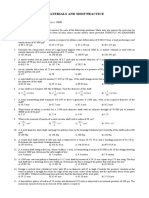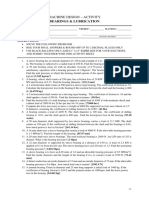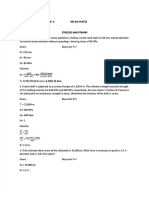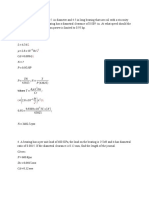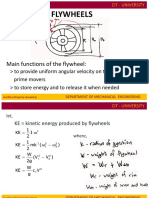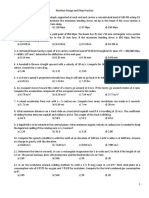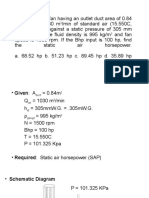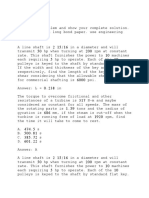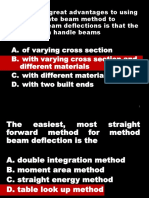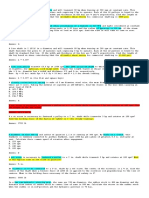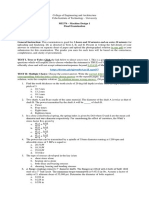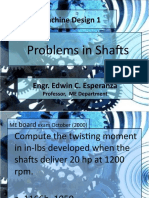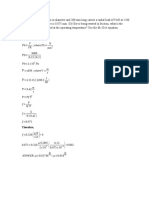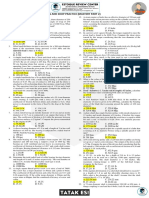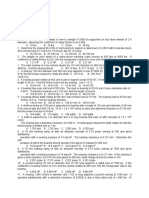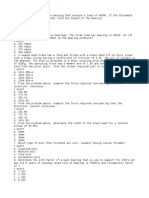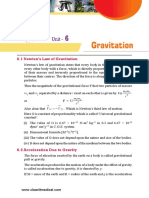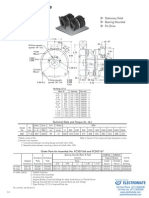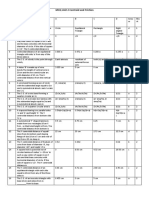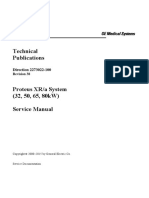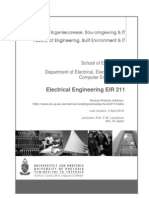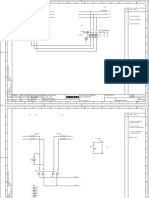0% found this document useful (0 votes)
503 views27 pagesMiddle Term Problem Sets
The document contains a series of machine design problems related to bearings, lubrication, and brakes, requiring calculations of various parameters such as bearing pressure, friction loss, torque, and power. Each problem specifies the necessary information and provides a solution for verification. The problems are structured for students to solve using a specific format and submission guidelines.
Uploaded by
joshuaendon505Copyright
© © All Rights Reserved
We take content rights seriously. If you suspect this is your content, claim it here.
Available Formats
Download as DOCX, PDF, TXT or read online on Scribd
0% found this document useful (0 votes)
503 views27 pagesMiddle Term Problem Sets
The document contains a series of machine design problems related to bearings, lubrication, and brakes, requiring calculations of various parameters such as bearing pressure, friction loss, torque, and power. Each problem specifies the necessary information and provides a solution for verification. The problems are structured for students to solve using a specific format and submission guidelines.
Uploaded by
joshuaendon505Copyright
© © All Rights Reserved
We take content rights seriously. If you suspect this is your content, claim it here.
Available Formats
Download as DOCX, PDF, TXT or read online on Scribd
/ 27
